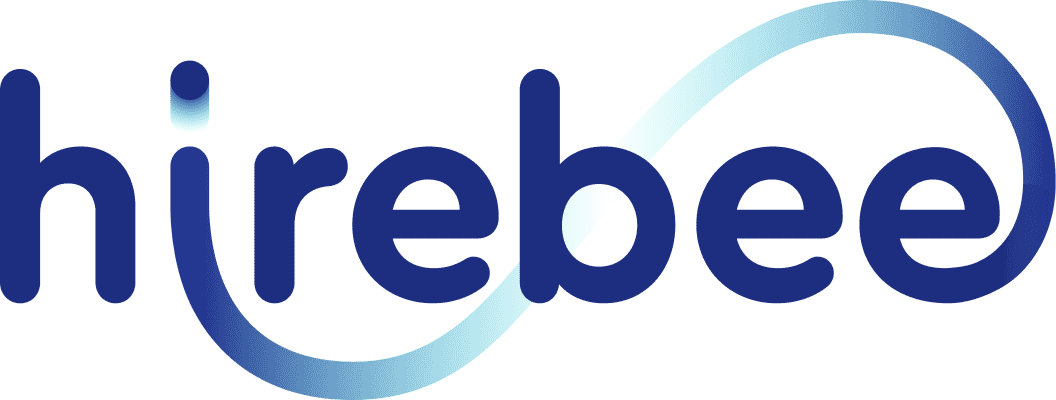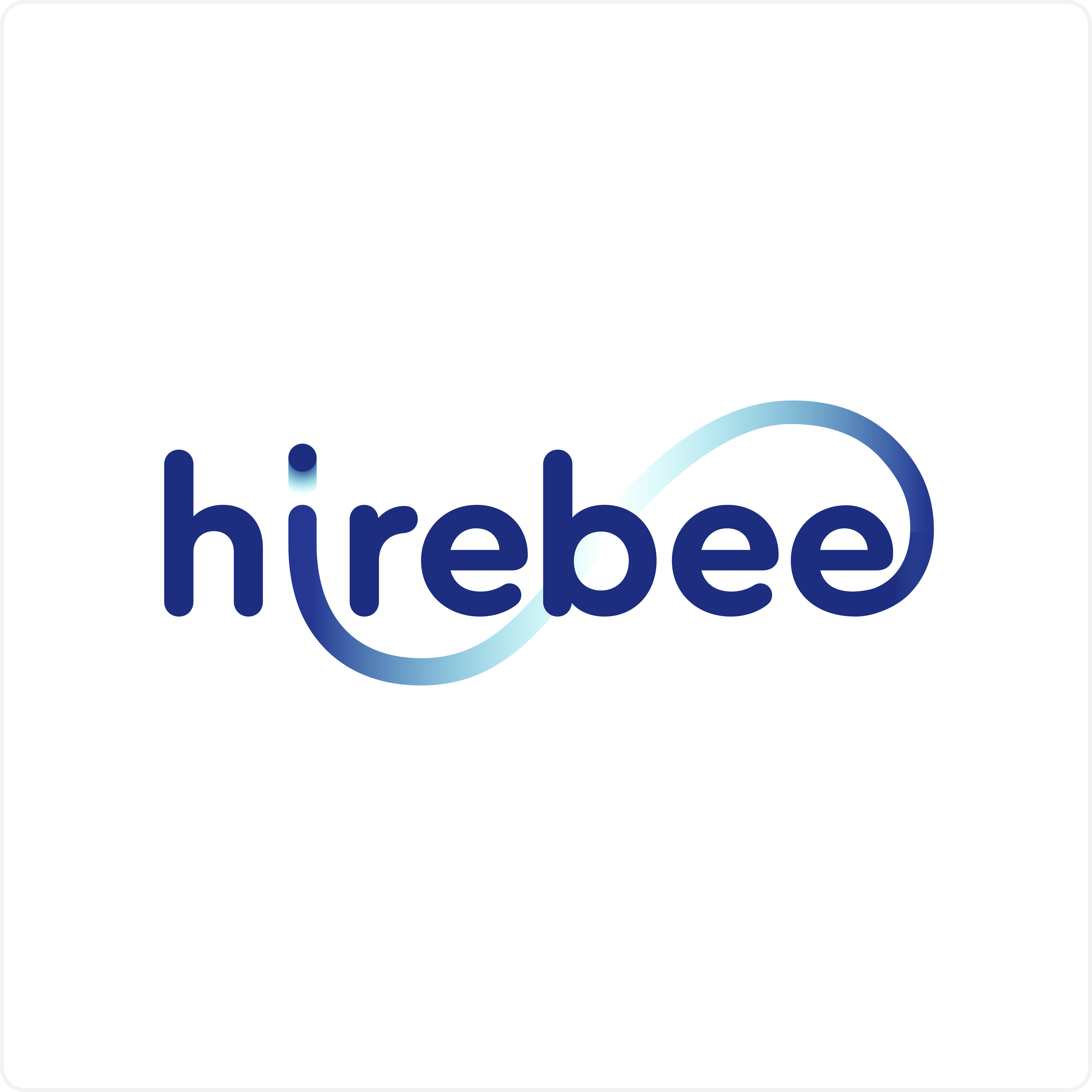In today’s competitive business landscape, attracting, developing, and retaining top talent is crucial for organizations to thrive.
Talent serves as the backbone of any successful organization, and having a comprehensive strategy in place to effectively manage talent throughout its lifecycle is essential. By attracting the right individuals, developing their skills and potential, and ensuring their long-term engagement and loyalty, organizations can build a strong and capable workforce that drives innovation, productivity, and business growth.
- Attracting Talent: This stage focuses on identifying and attracting high-potential individuals who align with the organization’s values and possess the skills and competencies required for success. It involves strategic workforce planning, employer branding, targeted recruitment efforts, and creating a diverse and inclusive talent pool.
- Developing Talent: Once talent is onboard, the focus shifts to nurturing their skills and capabilities through various developmental initiatives. This stage encompasses onboarding, training and development programs, performance management, mentoring, and career planning to help individuals grow and reach their full potential.
- Retaining Talent: Retaining valuable talent is crucial to maintain continuity and sustain organizational success. This stage involves creating a positive work culture, offering competitive compensation and benefits, implementing recognition and rewards programs, fostering a work-life balance culture, and establishing effective communication channels to ensure employee engagement, satisfaction, and long-term commitment.

In this comprehensive guide, we will delve into each of these stages, exploring best practices, strategies, and key considerations to attract, develop, and retain talent effectively. By understanding and implementing a holistic approach to talent management, organizations can create a competitive advantage and build a strong foundation for long-term success.
Hirebee makes finding the right candidates for your team a lot easier, especially with the help of effective recruitment marketing solutions and improved job distribution.
Table of Contents
ToggleStage 1: Attracting Talent
Defining talent requirements and workforce planning
Attracting the right talent begins with a clear understanding of the organization’s talent requirements. This involves conducting thorough workforce planning, which includes analyzing current and future business needs, identifying skill gaps, and determining the ideal candidate profiles. By defining talent requirements, organizations can target their recruitment efforts more effectively and ensure a strong alignment between candidates and job roles.
Employer branding and value proposition
Employer branding plays a crucial role in attracting top talent. It represents the organization’s reputation, values, and culture, and it should be compelling to potential candidates. Developing a strong employer brand involves showcasing the organization’s unique selling points, such as its mission, values, opportunities for growth, and work environment. A clear and appealing employer value proposition helps candidates understand why they should choose the organization as their employer of choice.
Effective job postings and targeted candidate sourcing
Crafting effective job postings is essential for attracting the right candidates. Job postings should provide a clear and concise overview of the role, its responsibilities, and the qualifications required. Using language that resonates with the target audience and highlighting the organization’s unique offerings can help attract the attention of qualified candidates.

Additionally, targeted candidate sourcing involves leveraging various channels, such as online job boards, social media platforms, and professional networks, to reach the desired talent pool.
Leveraging technology for efficient recruitment
Technology plays a vital role in optimizing the recruitment process. Applicant tracking systems (ATS) can streamline candidate management, automate workflows, and enhance the overall efficiency of recruitment operations. Additionally, leveraging data analytics tools can provide valuable insights into sourcing channels, candidate engagement, and conversion rates. Technology-enabled recruitment strategies improve speed, accuracy, and scalability while ensuring a positive candidate experience.
Building a diverse and inclusive talent pool
Promoting diversity and inclusion in the talent acquisition process is crucial for attracting a wide range of perspectives and experiences. Organizations should strive to create inclusive job postings, use inclusive language, and proactively reach out to underrepresented groups. Building partnerships with diverse organizations, participating in diversity-focused events, and implementing unbiased recruitment practices can help in creating a diverse talent pool. By fostering diversity and inclusion from the early stages of recruitment, organizations can attract top talent and cultivate an inclusive work environment.
Effectively attracting talent sets the foundation for successful talent management. By defining talent requirements, developing a strong employer brand, crafting compelling job postings, leveraging technology, and promoting diversity and inclusion, organizations can position themselves as attractive employers in the eyes of potential candidates. The next stage, developing talent, focuses on nurturing and enhancing the skills and capabilities of employees to drive organizational growth and success.
Stage 2: Developing Talent
Onboarding and orientation programs
Once talented individuals are hired, it is crucial to provide them with a smooth transition into the organization through effective onboarding and orientation programs. Onboarding programs help new employees acclimate to their roles, understand the organization’s culture and values, and build relationships with colleagues. Providing clear expectations, assigning mentors, and offering comprehensive training during the onboarding process contribute to faster integration and higher job satisfaction.
Training and development initiatives
Investing in employee training and development is essential for nurturing talent and fostering professional growth. Organizations should offer a range of development opportunities, such as skills training, leadership programs, and cross-functional experiences. Tailoring training programs to individual employee needs and career goals ensures that employees are equipped with the necessary skills to excel in their roles and contribute to the organization’s success.
Performance management and goal setting
Effective performance management systems help align employee performance with organizational goals. Establishing clear performance expectations, setting SMART (Specific, Measurable, Achievable, Relevant, Time-bound) goals, and providing regular feedback are vital components of performance management.

Regular performance evaluations enable managers and employees to identify strengths, areas for improvement, and developmental opportunities. This feedback loop ensures continuous growth and improvement, maximizing employee potential.
Mentoring and coaching programs
Mentoring and coaching programs provide valuable support and guidance to employees at various stages of their careers. Mentors serve as trusted advisors, sharing their knowledge and experience to help mentees navigate challenges, develop skills, and achieve their career aspirations. Coaching programs, on the other hand, focus on specific skill development and performance enhancement. These programs enhance employee engagement, foster a learning culture, and contribute to talent retention.
Succession planning and career development opportunities
Organizations must identify and groom potential leaders to ensure long-term success. Succession planning involves identifying high-potential employees and preparing them for future leadership roles. Providing career development opportunities, such as job rotations, stretch assignments, and mentoring by senior leaders, allows employees to gain diverse experiences and develop the skills necessary for advancement. By actively investing in succession planning and career development, organizations demonstrate their commitment to employee growth and retention.
Stage 2, the development of talent, focuses on nurturing the skills and potential of employees. Effective onboarding programs, comprehensive training initiatives, performance management systems, mentoring and coaching programs, and succession planning contribute to the continuous development and growth of employees. The final stage, retaining talent, ensures that employees remain engaged, satisfied, and motivated to contribute their best to the organization.
Stage 3: Retaining Talent
Creating a positive work culture and employee engagement
A positive work culture is crucial for retaining talented employees. Organizations should foster a supportive, inclusive, and collaborative environment where employees feel valued and appreciated. Encouraging open communication, recognizing achievements, promoting work-life balance, and providing opportunities for autonomy and decision-making contribute to employee engagement and satisfaction.
Competitive compensation and benefits packages
Competitive compensation and benefits are key factors in talent retention. Organizations should regularly review and benchmark their salary structures and benefits packages to ensure they remain attractive within the industry. Offering performance-based incentives, recognition programs, health and wellness benefits, flexible work arrangements, and opportunities for career advancement demonstrates the organization’s commitment to the well-being and professional growth of its employees.
Recognition and rewards programs
Recognizing and rewarding employees for their contributions and achievements is essential for maintaining high levels of motivation and job satisfaction. Implementing formal recognition programs, such as employee of the month/year awards, spot bonuses, and public acknowledgments, helps create a culture of appreciation and reinforces desired behaviors. Personalized recognition and rewards programs tailored to individual preferences and accomplishments further enhance employee engagement and loyalty.
Work-life balance and flexibility initiatives
In today’s dynamic work environment, providing work-life balance and flexibility options is crucial for talent retention. Organizations should promote a healthy work-life integration by offering flexible work hours, remote work opportunities, parental leave policies, and wellness programs. Supporting employees’ personal and family commitments enhances job satisfaction and fosters a positive relationship between employers and employees.
Effective communication and feedback mechanisms
Open and transparent communication channels are vital for talent retention. Organizations should provide regular opportunities for employees to voice their opinions, concerns, and suggestions. Conducting employee surveys, holding town hall meetings, and establishing feedback mechanisms, such as suggestion boxes or anonymous feedback platforms, demonstrate that employee voices are valued. Actively addressing concerns and providing feedback fosters trust, engagement, and a sense of belonging among employees.

Stage 3, retaining talent, focuses on creating a supportive work culture, offering competitive compensation and benefits, implementing recognition and rewards programs, promoting work-life balance, and fostering effective communication. By prioritizing these initiatives, organizations can cultivate a loyal and motivated workforce, reducing turnover and ensuring the long-term success of talent management efforts.
Measurement and Evaluation
Key metrics for assessing talent attraction, development, and retention
To gauge the effectiveness of talent management strategies, organizations should measure key metrics. These metrics may include candidate application rates, conversion rates, time-to-fill, employee satisfaction and engagement scores, retention rates, promotion rates, and performance metrics. By tracking these metrics over time, organizations can identify areas for improvement and make data-driven decisions to optimize their talent management processes.
Analyzing data and making data-driven decisions
Data analytics plays a crucial role in talent management. By analyzing recruitment and employee data, organizations can gain valuable insights into trends, patterns, and correlations. These insights can inform decision-making, such as refining recruitment strategies, enhancing training programs, or addressing retention challenges. Leveraging data analytics enables organizations to make informed, evidence-based decisions that lead to continuous improvement and better talent outcomes.
Continuous improvement and adapting strategies
Talent management is an ongoing process that requires continuous improvement and adaptation. By regularly reviewing metrics, soliciting feedback from employees, and staying updated on industry trends and best practices, organizations can identify areas for enhancement. Proactively refining talent management strategies based on insights and feedback allows organizations to stay competitive, meet evolving employee expectations, and optimize the attraction, development, and retention of top talent.
Conclusion
The comprehensive guide to attracting, developing, and retaining talent emphasizes the importance of each stage in building a high-performing workforce. By attracting the right talent through effective branding and targeted sourcing, developing employees through onboarding, training, and mentoring, and retaining talent through a positive work culture, competitive compensation, recognition, and communication, organizations can create a robust talent management framework. Regular measurement, data analysis, and continuous improvement ensure that talent management strategies align with organizational goals and adapt to changing dynamics. By implementing these strategies, organizations can cultivate a talented workforce that drives growth, innovation, and long-term success.
Hirebee makes sure that almost every aspect of recruiting is a lot easier, especially with the inclusion of candidate screening tools that can help you confirm if you have the right applicant.ee morale and loyalty, and fosters a positive employer brand reputation in the market.









